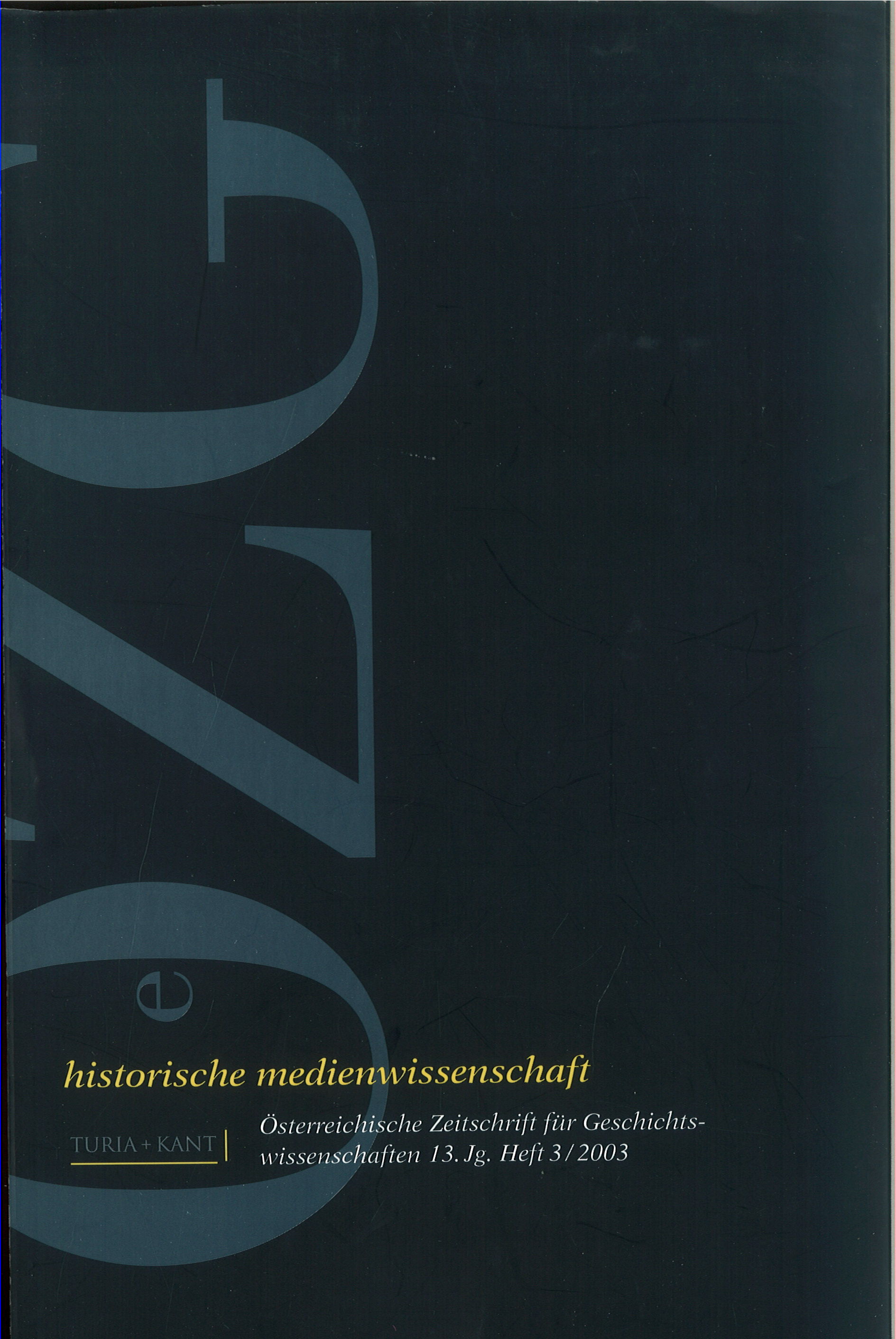A Face is a Face is not a Face. Remarks about the Historicity of Physiognomy in Film
DOI:
https://doi.org/10.25365/oezg-2003-14-3-4Abstract
The article looks at the historicity of close-up portraiture in film. It argues, that not only style and composition, but, equally, the use of mediality and the materiality of the filmic process produce the specific impact «a face” may have historically. Thus, the article sketches outlines for a media-based historiography. Setting out from Bela Balazs’ writings on physiognomy and film, as well as from Dziga Vertov’s experiments on the analysis of facial expression and Deleuze’s concepts of face and space, the article argues, that any phenomenological interpretation of the face has to take into account the long history of physiognomy as a science. This includes all the dis cursive strategies that have applied physiognomy in the field of neurology, crimino logy or eugenics. Photography and cinematography have introduced new forms of visibility, and, along with this, new structures of meaning of the face. To prove the hypothesis, a close analysis of John Cassavetes’ film Faces and Ingmar Bergmans film Persona show that their cinematic representation of the facial close-up not only deals with the social politics of their time but, equally, with the media-history of physiognomy that has structured the perception and «reading” of faces. Through their different processes of modulating the media basis of cinematic images, it becomes clear that cinema produces its own forms of historical meaning.


